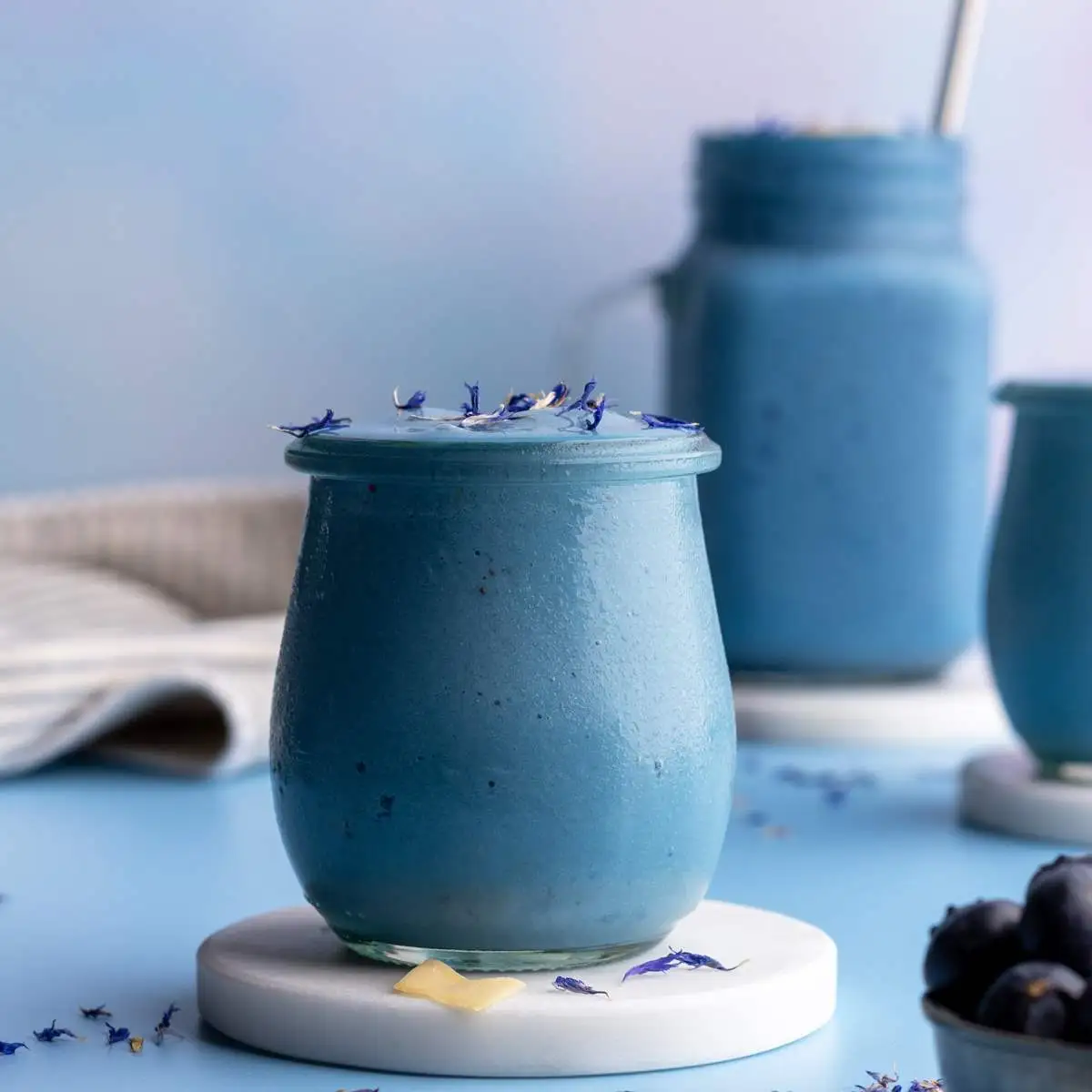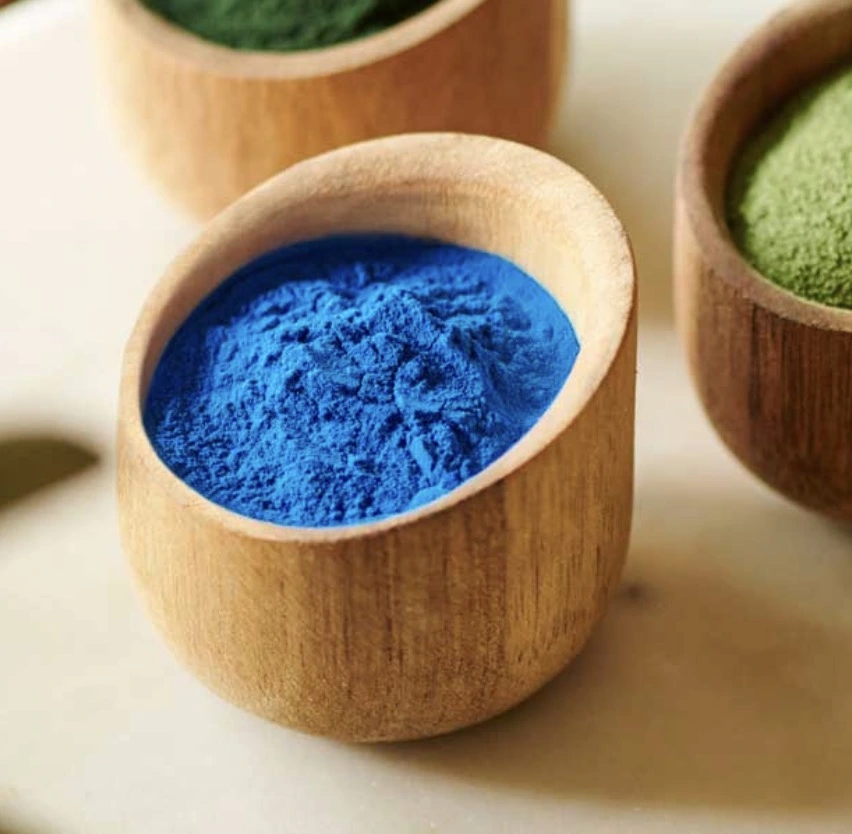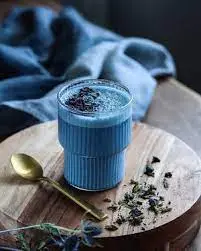3 Key Applications of Red Grape Skin Powder E163(ii) in Modern Products
Red grape skin powder, also known as E163(ii), is a versatile natural ingredient derived from the skins of red grapes. This powerful extract has gained significant traction in various industries due to its unique properties and health benefits. In this article, we'll explore three key applications of red grape skin powder E163(ii) in modern products, showcasing its versatility and potential to revolutionize multiple sectors.

Using Red Grape Skin Powder E163(ii) in Natural Food Coloring
One of the most prominent applications of red grape skin powder E163(ii) is in the food and beverage industry as a natural coloring agent. As consumers become increasingly health-conscious and demand cleaner labels, manufacturers are turning to natural alternatives like E163(ii) to replace synthetic food dyes.
Red grape skin powder E163(ii) contains anthocyanins, which are responsible for the vibrant red, purple, and blue hues found in many fruits and vegetables. These pigments offer a range of color options, from soft pinks to deep purples, depending on the concentration and pH of the product.
Some key advantages of using E163(ii) as a natural food coloring include:
- Clean label appeal: Products can be marketed as containing natural ingredients, appealing to health-conscious consumers.
- Stability: E163(ii) exhibits good stability in various food matrices, maintaining its color even during processing and storage.
- Versatility: It can be used in a wide range of products, including beverages, dairy items, confectionery, and baked goods.
- Antioxidant properties: In addition to providing color, E163(ii) offers antioxidant benefits, potentially extending the shelf life of products.
Many food manufacturers are incorporating red grape skin powder E163(ii) into their products to achieve vibrant, natural colors while meeting consumer demands for cleaner labels. This trend is particularly evident in the beverage industry, where E163(ii) is used to create visually appealing fruit juices, smoothies, and functional drinks.
In the confectionery industry, E163(ii) is utilized to color gummies, hard candies, and other sweet treats. Its natural origin aligns well with the growing demand for "better-for-you" indulgences, allowing confectioners to create products that appeal to health-conscious consumers without compromising on visual appeal.
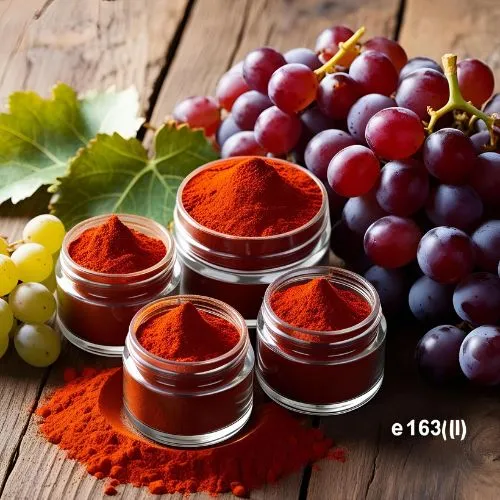
Red Grape Skin Powder E163(ii) in Nutritional Supplements
Beyond its role as a natural colorant, red grape skin powder E163(ii) has garnered attention in the nutritional supplement industry due to its impressive health benefits. The powder is rich in bioactive compounds, particularly resveratrol and other polyphenols, which have been associated with various positive health effects.
Key reasons why E163(ii) is increasingly used in nutritional supplements include:
- Antioxidant properties: The high concentration of polyphenols in E163(ii) helps combat oxidative stress and free radical damage in the body.
- Cardiovascular health support: Studies suggest that compounds in grape skin extract may help maintain healthy blood pressure and cholesterol levels.
- Anti-inflammatory effects: The bioactive components in E163(ii) have demonstrated potential in reducing inflammation throughout the body.
- Cognitive function: Some research indicates that grape skin extract may support brain health and cognitive function.
- Weight management: Certain compounds in E163(ii) have been linked to improved metabolism and fat oxidation.
Supplement manufacturers are incorporating red grape skin powder E163(ii) into various formulations to harness these potential health benefits. Some popular supplement forms include:
- Capsules and tablets: Concentrated E163(ii) extract is encapsulated or pressed into tablets for easy consumption.
- Powders: E163(ii) is often included in superfood blends or standalone powders that can be mixed into beverages or smoothies.
- Gummies: The natural coloring properties of E163(ii) make it an ideal ingredient for creating visually appealing and nutritious gummy supplements.
- Liquid extracts: Concentrated E163(ii) solutions are available for those who prefer liquid supplements.
The versatility of red grape skin powder E163(ii) allows supplement manufacturers to create innovative products that cater to various health concerns and consumer preferences. From heart health formulations to anti-aging blends, E163(ii) is becoming a staple ingredient in the nutritional supplement industry.
Moreover, the natural origin of E163(ii) aligns well with the growing trend towards "clean" supplements, appealing to consumers seeking products derived from whole food sources rather than synthetic compounds. This has led to an increase in supplement brands highlighting the inclusion of grape skin extract in their marketing materials, emphasizing its natural and potent properties.

How Red Grape Skin Powder E163(ii) Benefits Skincare Products?
The beauty and skincare industry has also recognized the potential of red grape skin powder E163(ii) as a powerful ingredient in various cosmetic formulations. The antioxidant-rich profile of E163(ii) makes it a valuable addition to skincare products aimed at combating signs of aging and protecting the skin from environmental stressors.
Key benefits of incorporating E163(ii) into skincare products include:
- Antioxidant protection: The high concentration of polyphenols helps shield the skin from free radical damage caused by UV radiation and pollution.
- Anti-aging properties: Compounds like resveratrol may help reduce the appearance of fine lines and wrinkles by supporting collagen production.
- Skin brightening: Some studies suggest that grape skin extract can help even out skin tone and reduce the appearance of dark spots.
- Hydration: Certain components in E163(ii) may help improve skin hydration and moisture retention.
- Soothing effects: The anti-inflammatory properties of grape skin extract can help calm irritated or sensitive skin.
Skincare manufacturers are incorporating red grape skin powder E163(ii) into a wide range of products, including:
- Facial serums: Concentrated formulations that deliver potent antioxidants directly to the skin.
- Moisturizers: Day and night creams infused with E163(ii) to provide hydration and anti-aging benefits.
- Eye creams: Targeted treatments for the delicate eye area, leveraging the antioxidant properties of grape skin extract.
- Face masks: Both sheet masks and cream-based masks incorporating E163(ii) for intensive skin treatments.
- Sunscreens: Some brands are adding grape skin extract to sunscreen formulations for added antioxidant protection.
The natural origin of red grape skin powder E163(ii) also appeals to consumers seeking "clean" and "green" beauty products. Many skincare brands are highlighting the inclusion of grape-derived ingredients in their marketing, emphasizing the power of nature in skincare.

Conclusion
Red grape skin powder E163(ii) has emerged as a versatile and valuable ingredient across multiple industries. Its applications in natural food coloring, nutritional supplements, and skincare products showcase its potential to meet consumer demands for natural, effective, and multi-functional ingredients.
As research continues to uncover the benefits of grape-derived compounds, we can expect to see even more innovative applications of E163(ii) in the future. From functional foods to advanced skincare formulations, red grape skin powder is poised to play an increasingly important role in modern product development.
For more information about red grape skin powder E163(ii) and other natural plant extracts, please contact us at info@yanggebiotech.com. Our team of experts is ready to assist you in incorporating this powerful ingredient into your products, helping you meet the growing consumer demand for natural, effective solutions.
References
1. Smith, J. A., & Johnson, B. C. (2020). Natural Food Colorants: Applications and Health Benefits of Anthocyanins. Journal of Food Science and Technology, 55(3), 245-260.
2. Brown, M. E., et al. (2019). Grape Skin Extract: A Comprehensive Review of Its Bioactive Compounds and Health Benefits. Nutrients, 11(12), 2936.
3. Lee, S. H., & Park, Y. K. (2021). Antioxidant and Anti-inflammatory Effects of Grape Skin Extract in Skincare Applications. International Journal of Cosmetic Science, 43(2), 123-135.
4. Wilson, D. R., & Thompson, L. A. (2018). The Role of Resveratrol in Nutritional Supplements: Current Evidence and Future Directions. Advances in Nutrition, 9(5), 534-547.
5. Garcia-Viguera, C., & Zafrilla, P. (2022). Anthocyanins as Natural Food Colorants: Stability, Bioavailability, and Health Effects. Critical Reviews in Food Science and Nutrition, 62(8), 1893-1910.

Based on your location and order quantity, you will have the opportunity to receive a limited time free shipping promotion!
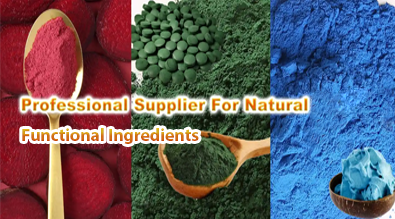
Who we are
